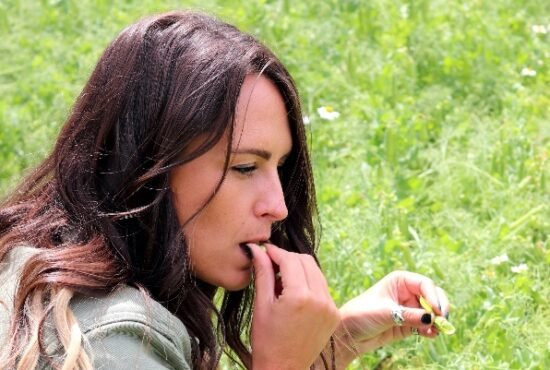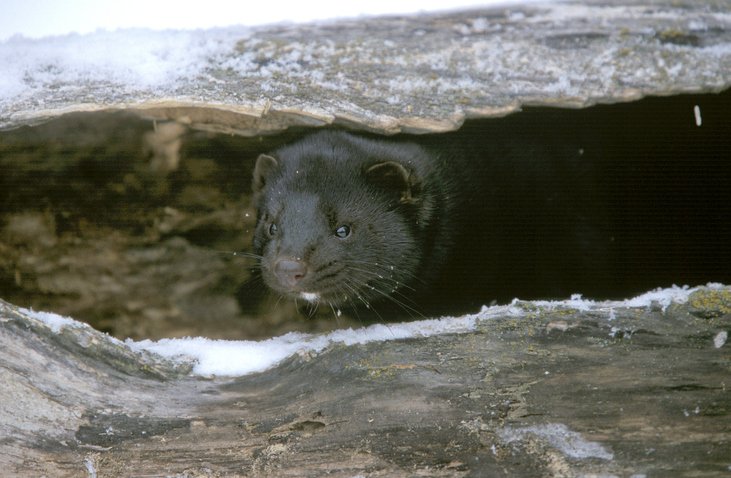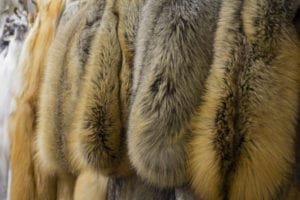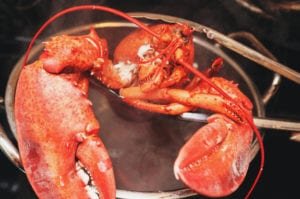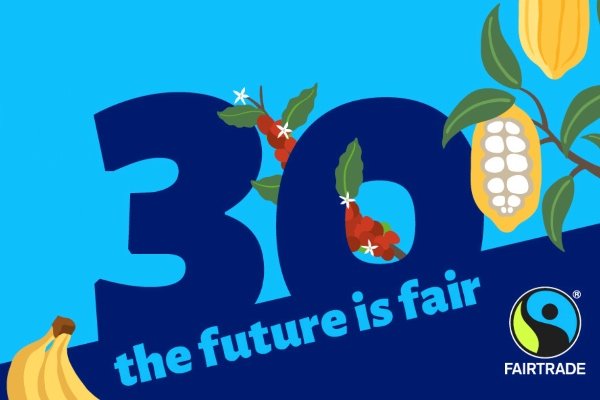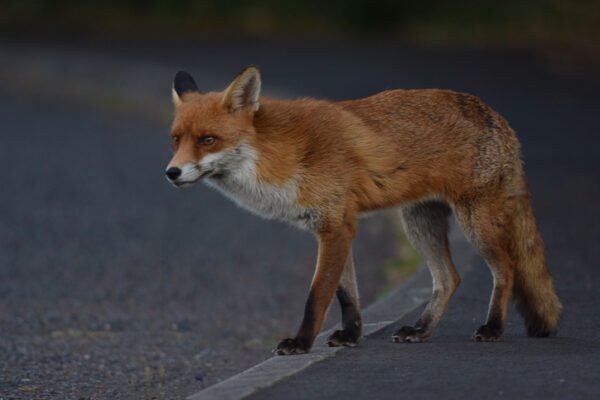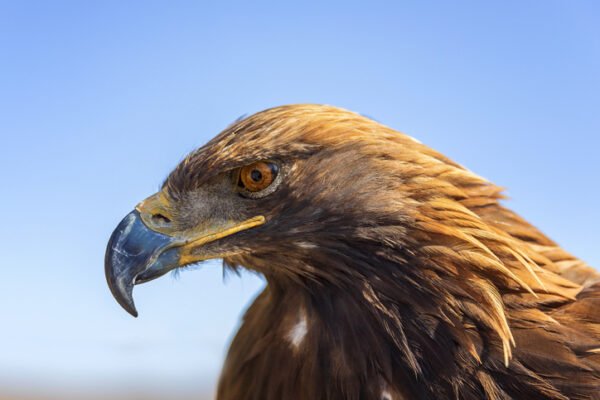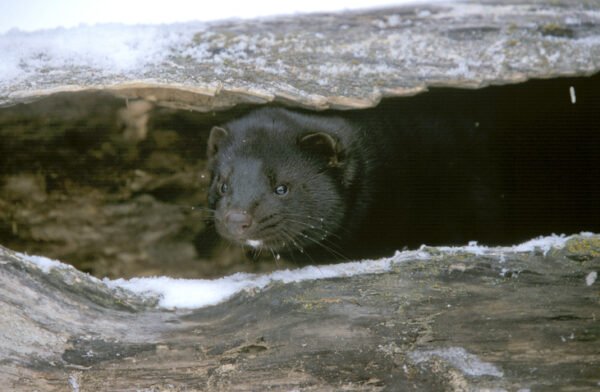New research published in the journal Science has concluded that eradicating animals on the basis that they are not native, in order to protect plant species, can be a flawed practice costing millions of dollars, and resulting in the slaughter of millions of healthy wild animals.
It has been claimed that introduced large herbivores, or megafauna, have distinct and harmful ecological impacts, including damaging sensitive plants and habitats, reducing native plant diversity and facilitating introduced plants.
However, up to now these impacts have been studied without comparison to a proper control: native megafauna.
Native vs non-native
The new analysis, carried out by researchers at Aarhus University, Denmark and the University of Oxford, UK compared the effects of large mammal species listed as native and introduced, respectively, in 221 studies from across the world.
They found that the two groups of animals had indistinguishable effects on both the abundance and diversity of native plants.
‘We do not find evidence to support the claim that native large herbivores have different impacts on ecosystems, specifically plant communities in this case, than their non-native counterparts. Therefore, we should study the ecological roles these animals – native or not – play in ecosystems rather than judge them based on their belonging.’
DR JEPPE KRISTENSEN
Study co-author, The Environmental Change Institute, University of Oxford
Traits and impacts
The researchers did find that the traits of megafauna influenced how they affect plants, regardless of nativeness.
In particular, small-bodied picky-eaters, such as deer, tended to suppress plant diversity while larger, generalist bulk-feeders such as buffalo tended to increase plant diversity.
This is because large, bulk-feeders are physically unable to selectively feed on their favourite plants and are therefore more likely to suppress dominant species, making space for smaller sub-dominant plant species.
The researchers also found that the body mass of individual animals had a significant effect, but not the combined weight of animals on the landscape. This testifies to the unique effects of large and very large animals, compared with smaller animals.
 Play Video about This Rock Might Just Save The World
Play Video about This Rock Might Just Save The World Play Video about Play 2 hours of rock
Play Video about Play 2 hours of rock Play Video about Play 2 hours of brook
Play Video about Play 2 hours of brook Play Video about Play 2 hours of sheep
Play Video about Play 2 hours of sheep

